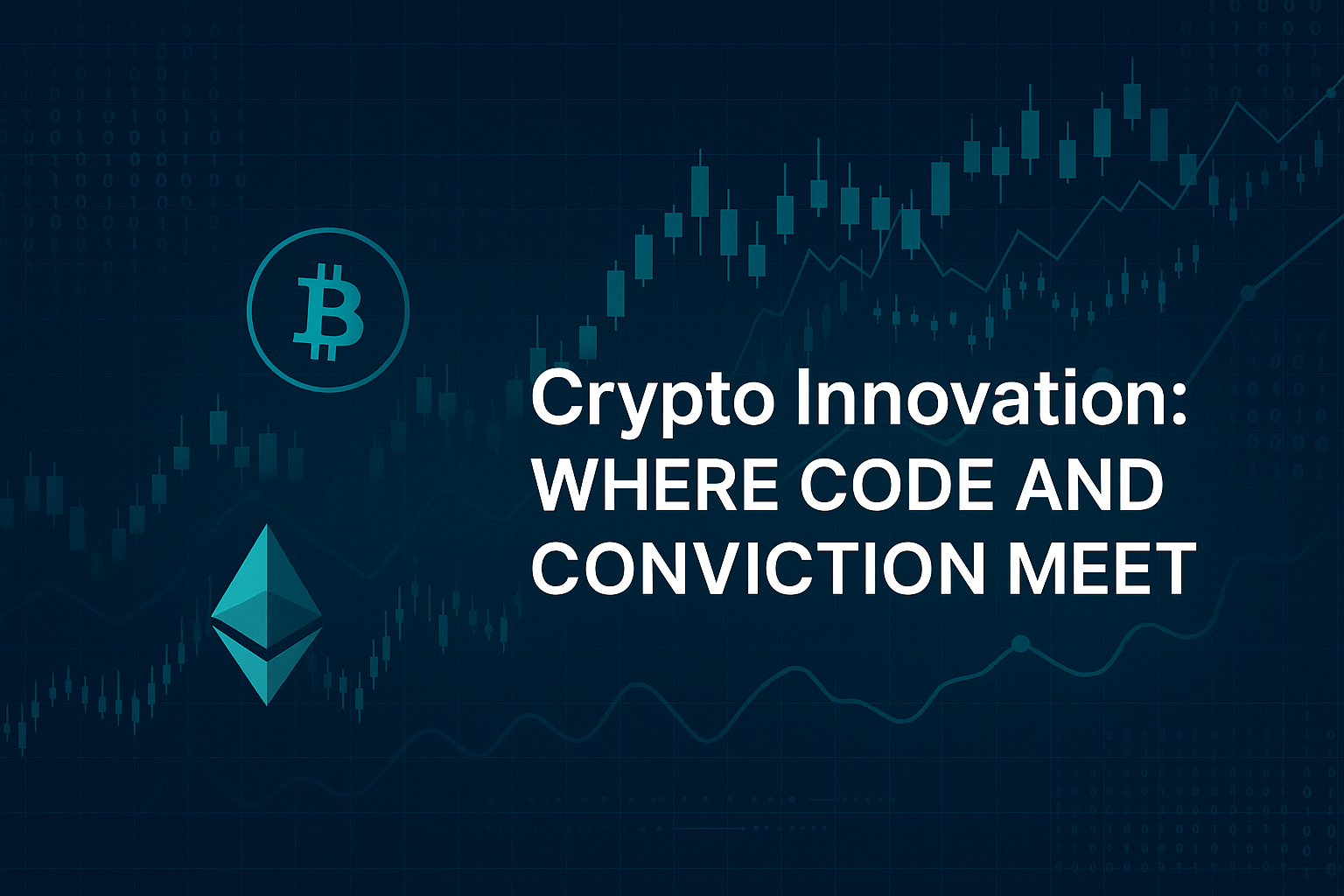
Algorithmic Trading: Where Code Meets Conviction
Not long ago, trading was all about gut feelings, shouting on the floor, and reacting to charts minute by minute. But the game has changed — quietly and completely.
Today, much of what moves the markets doesn’t come from a human hand — but from lines of code.
Welcome to algorithmic trading — or as most call it, algo trading — a world where trades are executed in milliseconds, emotions are replaced by logic, and patterns speak louder than predictions.
So, What Is Algo Trading?
At its core, algo trading is simple:
It’s using a computer program to make trading decisions for you — automatically.
Imagine this: you set a rule —
“Buy Bitcoin if it drops 5% in an hour, and sell if it recovers 3% within the next 24 hours.”
The system watches the market 24/7. No breaks. No fear. No greed. Just action.
Now scale that to thousands of trades per day, factoring in dozens of conditions, reacting faster than any human ever could. That’s the power institutions use — and yes, it’s real.
Why It’s Not Just for the Big Players Anymore
A few years back, this space belonged to Wall Street, hedge funds, and high-frequency trading firms. They had the tools, the talent, and the infrastructure.
But things are changing.
Open-source platforms, broker APIs, and Python-based libraries have made algo trading accessible — even for someone with a laptop, some coding curiosity, and a desire to learn.
If you’re a retail trader tired of staring at screens or second-guessing your every move, algo trading might not just be an upgrade — it could be your edge.
Yes, It Exists in the USA — And It’s Massive
Let’s be clear: the U.S. markets run on algorithms.
📈 Up to 70% of equity trades in the U.S. are algo-driven.
🏦 Major players like Citadel, Renaissance Technologies, and Two Sigma rely heavily on them.
📊 Even crypto platforms like Coinbase and Binance US offer API access for algorithmic strategies.
In short: if you’re in the U.S., you’re already swimming in algorithmic waters — even if you didn’t realize it.
But Here’s the Real Truth: Algo Trading Isn’t Magic
It’s not a get-rich-quick hack. It won’t rescue a broken portfolio. And it won’t work without you doing the work — backtesting, tweaking, monitoring.
At the end of the day, an algorithm is only as good as the person designing it.
The logic you write reflects the mindset you trade with.
If you believe in discipline, strategy, and data — algo trading doesn’t replace you. It amplifies you.
Final Thoughts:
I didn’t write this to convince you that you must switch to algo trading. That’s your call.
I wrote it because if you’ve ever felt frustrated watching your emotions sabotage a good setup… or missed a perfect entry because you weren’t online… or made the right call too late…
Then it might be time to explore a smarter way.
Algo trading won’t feel like gambling. It’ll feel like clarity.
Let’s trade smarter — not harder.
